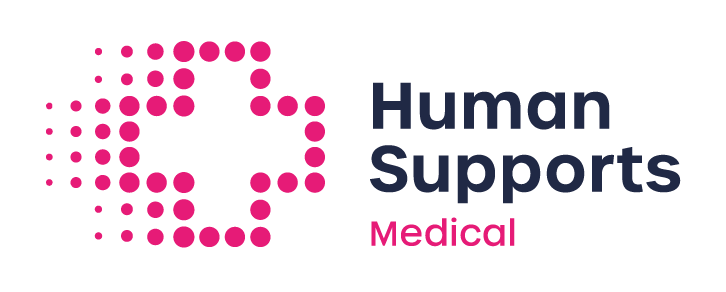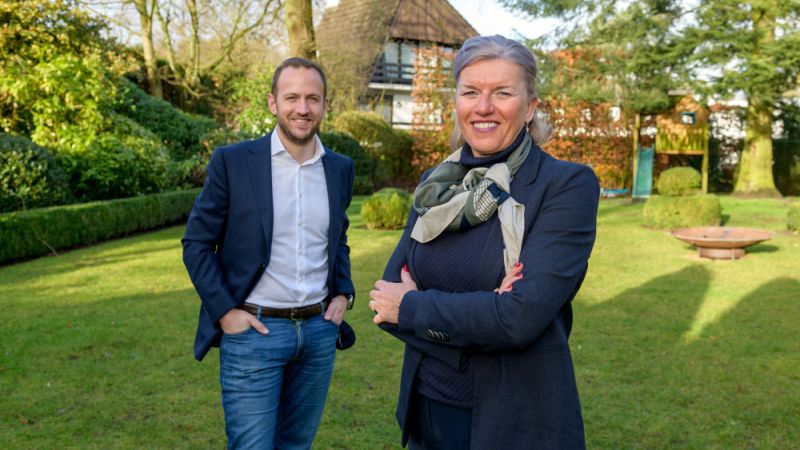How do you get the right talent in the right place?
Every month, #ZigZagHR interviews an international HR professional. This time, Lesley talks to Yoni Van Der Veken, General Manager Inbound Solutions at CHEP and HR Talents' freelance HR Transformation expert Els Dierckx. How do you integrate a new business unit into a large international organisation? And how do you get the right talent in the right place, across different countries and during a pandemic?
You have probably already seen them, the blue wooden CHEP pallets. Almost every FMCG producer and retailer uses them. With its circular business model, CHEP has been reducing the negative impact of worldwide supply chains for more than 60 years, helping companies use high-quality platforms, reduce packaging waste, reduce transportation costs and cut CO2 emissions. It is, therefore, no surprise that the circular economy pioneer has a (very) high annual ranking in the Dow Jones Sustainability Index.
To broaden its business, CHEP has expanded its business model to include additional categories of logistic packaging (plastic crates, containers and packaging containers) in addition to wooden pallets. Two acquisitions followed, with the acquired companies initially continuing to operate as separate entities. This was recently followed by the strategic decision to integrate these companies into one business unit, the unit for which Yoni Van Der Veken is responsible. Together with Els Dierckx, he succeeded in getting the right talent in the right place, a major reshuffle of talent involving 80 professionals in 11 countries, while keeping the business running.
The planning
Phase 1: Where do we want to go?
"The main goal was clear, but the way to get there, as well as the right organisational structure and competencies, had to be worked out, says Yoni Van Der Veken. "How do you make two fundamentally different companies – in terms of product portfolio as well as culture and structure – grow together and enter the market as a single company?"
"As an HR professional, you need to take a deep dive into the business," notes Els Dierckx. "First, you have to understand the business's need and problem. That is why I first looked at the challenge from a business perspective, instead of an HR perspective. And the earlier HR is involved in the process, the better, of course."
The strategy was based around three pillars: operational excellence, growth and innovation with a strong focus on operational excellence in the first year. "We immediately organised design thinking sessions to see how we could clarify and tackle the various gaps we had detected," says Van Der Veken. "At that point, there are still many possibilities and you need to look at the parameters that help determine who is the right person in the right place. When do we need talent? And for how long? Meanwhile, you also have to take into account budget and timing."
Phase 2: which roles do we need?
"For each pillar, we asked ourselves the following questions: where are we today? Where are we going? What do we need for that? And how can we make the organisation ready for it? And for each pillar, a different organisational model was needed”, Van Der Veken recalls.
"We did not want to push people. We did not start with a clear solution in mind. Instead, we indicated the direction and, thanks to our design thinking sessions, we had a good idea of the challenges that would arise along the way. For example, it immediately became clear that we would have many projects at the same time and we would therefore need a project manager to offer us support and coaching.
Phase 3: How do we get the right talent in the right place?
"We started looking for the right talent in the right place, only after we had defined the roles we needed" is how Dierckx defines the next phase. "We defined six key competencies: agility, learning ability, learning agility, D&I, can-do mentality and an innovation mindset. We started with the idea that it is easier to improve what you are already good at because that is what you like doing.”
This led to a reshuffle, Van Der Veken points out: "Employees took horizontal and diagonal steps. Some employees have moved to smaller teams and are now using their strengths more. It is very important to guide people in how they see themselves because we often misjudge ourselves."
"These conversations are not easy," Dierckx admits. "But you can not avoid them. It became clear who was more suited to an expert role or a leadership role. Did they want to move into a generalist role or did they want to have a specialist role?
The tools
Success factor 1: listen and talk
During an integration, communication is crucial. "But it is equally essential to be close to your employees to know what is going on", warns Van Der Veken. "You really have to make time to talk to each employee individually, especially with those employees who apply internally but ultimately do not turn out to be the right person. It is also important to give feedback and immediately link this feedback to a development plan. We spent at least as much time in guiding people who were not chosen as in people who were selected. This is how you avoid frustration.
"When people understand where you want to go and why they are not the right person at the right time, they stay motivated", Dierckx explains. "This has also translated into increased engagement scores. Those conversations were an enormous richness in many ways."
Success factor 2: support new leaders
"Els and I put together a new leadership team without even meeting physically once", Van Der Veken notes. "Coaching to achieve the right team dynamics was important here, as was peer coaching from HR. During a transformation process, it is very important to help the executives because they are all new to their roles."
Success factor 3: keep evaluating
"Finally, it is very important to keep re-evaluating the organisational model: certain challenges are solved over time, but at the same time new challenges arise," Van Der Veken concludes.
This article was written and translated by #ZigZagHR.










